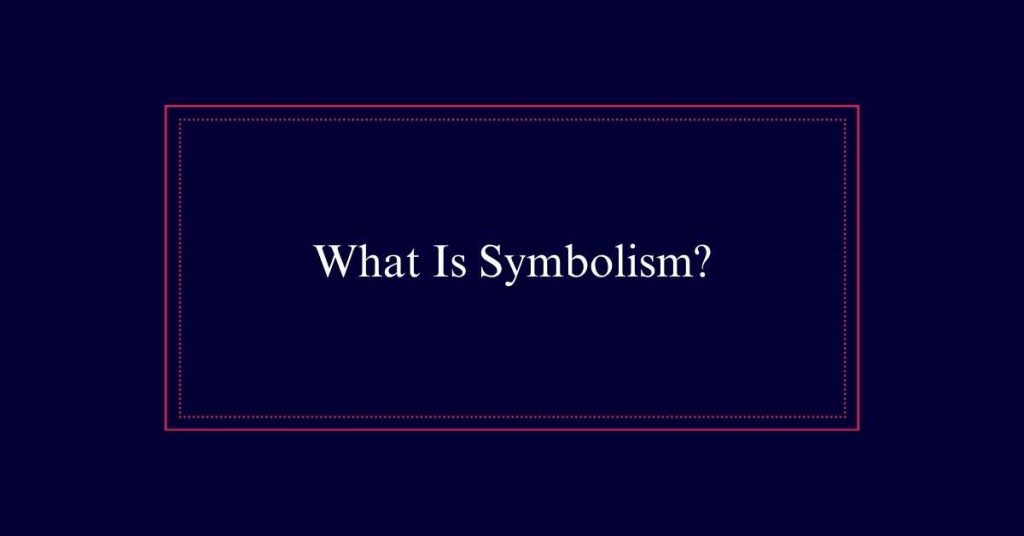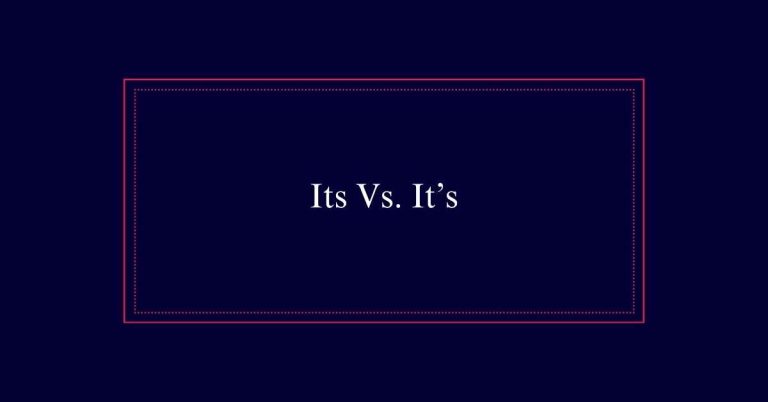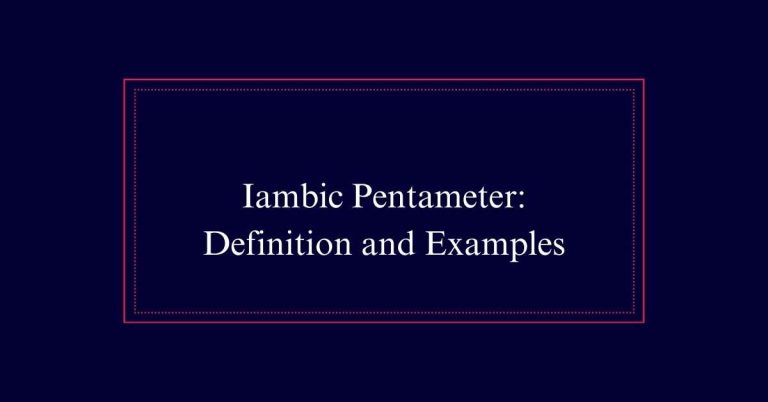What Is Symbolism?
Symbolism uses words or images to represent deeper ideas and concepts, adding layers of meaning to a story. For example, in literature, a red rose often symbolizes love, while a dark storm can signify conflict.
You might notice recurring colors or objects that stand out and mean more than what they seem. Symbols help you connect more deeply with themes and characters. Types include metaphors, allegories, and color or animal symbolism.
Definition of Symbolism
Symbolism means using words or images to represent deeper concepts or ideas. When you read a story, you might notice certain items or colors that seem to stand out. These are often symbols. For example, a red rose can symbolize love, while a dark storm might represent trouble or conflict.
Authors use symbols to give their stories more depth and to help you understand characters and themes better. There are many types of symbolism, like metaphors and allegories. Sometimes, symbols are obvious, and other times, they’re hidden and require closer reading to uncover.
Importance of Symbolism
Understanding the importance of symbolism can deepen your appreciation of literature. Symbolism helps convey complex ideas and emotions that might be hard to express with plain words. It adds layers of meaning to a story, making it richer and more engaging.
When you spot symbols, you connect more deeply with the text and its themes. Authors use symbols to communicate with readers on a different level, often evoking emotions and thoughts beyond the obvious.
Types of Symbolism
There are several types of symbolism that writers use to add depth to their work. Metaphors are one type, where a word or phrase is applied to an object or action to which it isn’t literally applicable.
Allegories are extended metaphors that represent a deeper moral or political meaning.
Color symbolism uses colors to convey ideas and emotions—like red for passion or danger.
Animal symbolism involves giving animals traits or characteristics that represent human behaviors or emotions.
Common objects can also be symbolic, like a key symbolizing freedom or opportunity.

Recognizing Symbolism
When reading a story, you can often spot symbolism by examining images that seem to carry extra meaning beyond their literal sense. Notice if certain objects, colors, or actions appear repeatedly. These might symbolize deeper themes or emotions. Pay attention to how characters react to these images. Their responses can hint at symbolic significance.
Another tip is to contemplate the context. Sometimes, the setting or time period can give clues about what a symbol might represent.
Symbolism in Literature
In literature, authors use symbolism to add depth and layers of meaning to their stories. When you read, symbols can help you understand themes and character motivations.
For example, a mockingbird in Harper Lee’s ‘To Kill a Mockingbird’ symbolizes innocence. Colors often represent emotions or states of being; think of how green in ‘The Great Gatsby’ symbolizes both wealth and envy.
Common objects like a heart can symbolize love, while a storm might signify turmoil or conflict. By recognizing these symbols, you can uncover hidden messages in the text.
Symbolism in Art
Artists use symbolism to convey complex ideas and emotions through their work. When you look at a painting, sculpture, or even a photograph, you’re seeing more than just an image. Artists embed deeper meanings that invite you to explore and interpret.
Here are some common symbolic elements in art:
- Colors: Red for passion, blue for calm, black for mystery.
- Animals: Owls for wisdom, lions for strength, doves for peace.
- Objects: Clocks to symbolize time, ladders for ambition, mirrors for self-reflection.
- Nature: Trees for growth, rivers for life’s journey, mountains for obstacles.
Cultural Symbolism
Cultural symbolism uses everyday objects and images to convey deeper meanings unique to specific societies. You’ll find that what symbolizes good luck in one culture might mean something entirely different in another.
For instance, in Western cultures, a black cat often represents bad luck. However, in Japanese culture, a black cat can symbolize good fortune. Colors also play a big role. In many Eastern cultures, red signifies prosperity and joy, while in some Western cultures, it can symbolize danger or love.
Cultural symbols shape how people understand the world around them. They reflect a society’s values, beliefs, and traditions.
Effective Use of Symbolism
When you use symbolism effectively, you give your writing layers of meaning that resonate deeply with readers. It’s not just about adding fancy words; it’s about crafting images that stick.
Here’s how you can make your symbolism impactful:
- Be Intentional: Choose symbols that align with your theme and message.
- Keep it Subtle: Don’t over-explain. Let readers discover the meaning.
- Use Universally Recognized Symbols: These can instantly convey deeper meanings.
- Mix with Literal Elements: Blend symbolic and literal language to create balance.
Examples in Literature
In literature, authors often use symbols to add depth and meaning to their stories. You’ll find symbols everywhere once you start looking.
For example, in ‘The Great Gatsby,’ the green light represents Gatsby’s dreams and hopes. In ‘Moby-Dick,’ the white whale symbolizes obsession and the unknown. Shakespeare’s ‘Macbeth’ uses blood to symbolize guilt and murder. In ‘To Kill a Mockingbird,’ the mockingbird stands for innocence and goodness.
These symbols help you understand the themes and characters more deeply. They often appear subtly but have significant implications.
Famous Symbolic Works
Some of the most renowned works of literature use powerful symbolism to convey deeper meanings. You can find rich symbolic elements in classic and modern texts alike. These symbols often reveal hidden layers of themes, characters, and settings.
Consider these famous examples:
- ‘The Great Gatsby’ by F. Scott Fitzgerald: The green light symbolizes Gatsby’s hopes and dreams.
- ‘Moby-Dick’ by Herman Melville: The white whale represents the elusive nature of obsession.
- ‘The Catcher in the Rye’ by J.D. Salinger: The red hunting hat symbolizes Holden’s uniqueness and protection.
- ‘Animal Farm’ by George Orwell: The farm animals symbolize different societal classes and political figures.






